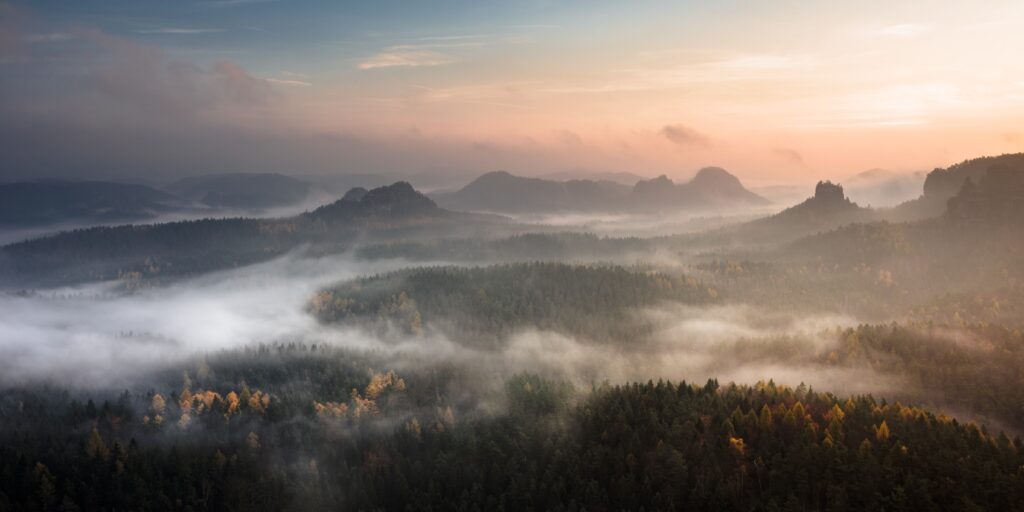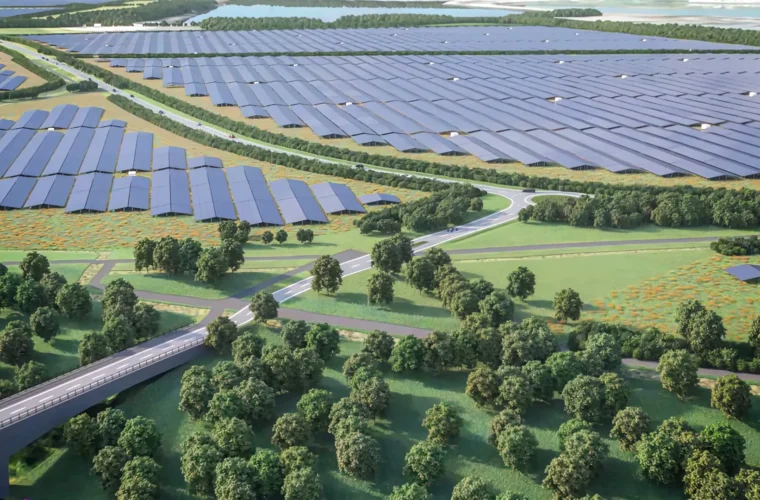Water scarcity
Although 70% of our planet is covered by water bodies, freshwater, which we use for consumption in our households and in agriculture, is very scarce. Only 3% of the world’s water is actually freshwater; however, two-thirds of this is unavailable for us to access because it is tucked away in frozen glaciers. The actual purpose of this article is to pinpoint how severe the problem is and despite brilliant innovations, we are unable to solve the issue, we could just partially mitigate it. However, efforts to help people have access to our basic element is essential, and unfortunately, more and more people are affected and need help to have a very minimal amount of drinking water to survive.
According to the United Nations’ statistics, today, about 4 billion people, representing nearly two-thirds of the world population, experience severe water scarcity during at least one month of the year. And this will further exacerbate based on the current climate change scenarios. What is even worse, is that it primarily affects poor regions where solutions and investments are also difficult to obtain.
We can browse the internet for breakthrough innovations, but we will not find many. There are some innovations, including the one that we are presenting; however, it is important to emphasize that these “only” help and do not solve our water crisis. It is increasingly important, though, to initiate discussions regarding these innovations and projects to attract more attention and more initiatives of similar kinds.
CloudFisher – a pioneering fog-harvesting technology
Although the innovation can be traced back to the 1950s, so is far from new, today, some innovators are trying to help arid regions by further refining their technology and offering solutions to regions where sources of water are extremely scarce to find. When we think of water sources, fog is definitely not the first idea we might come up with. In some areas, wells are not possible to construct, and there is no rain, hence the drought makes it impossible to have access to freshwater. Desalination plants are not an option everywhere either and they are extremely costly.
CloudFisher offers communities facing severe shortages in arid and foggy coastal or mountainous regions a sustainable source of clean water. The wind drives the fog into fine mesh nets and the droplets are caught and merge into larger and larger drops, which then fall into a collector below and are piped into a reservoir. The amount of collected drinking water largely depends on climatic conditions, the region and the season itself. In Morocco, for example, one of the breakthrough projects, 22 liters of water can be collected on a foggy day per square meter. This means that one CloudFisher equaling 24 square meters of collection surface can produce 528 liters of water per day. Furthermore, CloudFisher also allows rain to be collected due to its mesh set-up and positions.

The innovation is developed by the German Water Foundation (WasserStiftung) and is commercialized and implemented by Aqualonis, which is a Munich-based for-profit company. The company is led by an industrial designer, Peter Trautwein. Upon recognizing that for some reason the fog-harvesting technologies are not developed to endure strong wind, Mr Trautwein in collaboration with the German Water Foundation and a team of researchers from the Technical University of Munich decided to develop a more efficient and sustainable for-harvesting system. He found out that the idea failed in many regions not because there is something wrong with the principle, but because of its implementation and construction. He wanted to create a system that relies less on constant maintenance, but able to endure extreme weather conditions, too.
About the improved technology – why has it gained momentum?
As previously mentioned, the innovation consists of a fine mesh net, which is suspended within a steel frame. A series of rubber expanders help the net to be held in place and attach it to the collector at the base. The nets are designed in a way that maximizes water collection by allowing the wind to blow the fog through the nets from all directions. It also endures winds of up to 120 km/h. The most important feature is that due to its stability, it requires low maintenance. The rubbers are likely to be torn after a while, but they are easy and cheap to replace. This is specifically important since we are talking about regions where there is limited access to funds and resources. The quality of the samples of water collected comply with the World Health Organization’s (WHO) standards.
CloudFisher has so far been implemented in California, Bolivia, Kenya, Tanzania, and Morocco. Let us present two CloudFisher projects to you: the biggest one in Morocco and one of the latest in Tanzania.
On the slopes of Mount Boutmezguida – growing from pilot project to a large-scale system
Between 2013 and 2016, the team implemented a pilot study of CloudFished on Mount Boutmezguida, in Morocco. It is one of the driest regions in Morocco and it is often foggy due to the proximity of the Atlantic Ocean. 10 different types of mash materials were tested to be able to optimize the design and end up with the most effective one. Woven mesh and stainless steel proved to be less efficient than 3D spacer fabrics. They also demonstrated that the distance between the monofilaments is also key. The team also had to take into account aspects of food safety and extreme UV radiation.
In 2017, the pilot project grew into a large-scale project due to the collaboration with the Dar Si Hmad Foundation. This project became the world’s largest fog-harvesting park. It now provides drinking water to surrounding communities via a delivery system. Thus, the time spent on by mostly women to collect water is significantly reduced and contributes to other positive impacts. This project has won the momentum for change award from the United Nations Framework Convention on Climate Change (UNFCCC).
At the end of the project, it included 600 square meters of nets, 7 reservoirs of 539 square meters of storage capacity, 6 solar panels, and more than 10000 meters of piping. The system was connected to 52 homes in 5 villages, serving more than 500 residents, mostly women.
CloudFisher in Tanzania
In 2020 CloudFisher was set up in the highlands of Tanzania where there are adverse weather conditions. The project was very welcome by the local population and school children who actively supported it. Well construction was not possible in the area because of low groundwater levels. CloudFisher was installed and now it provides the school children with drinking water, which also enables them to have warm lunch that is cooked with it.
Innovations, similar to CloudFisher are essential to provide water to people living amidst adverse climatic conditions. In the future, more and more people will be dislocated due to their inability to bear the climate. More collaborations are needed to make such projects possible, but first and foremost, we need to contemplate our actions to preserve our limited natural resources.



